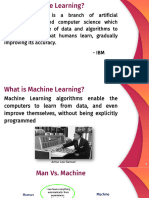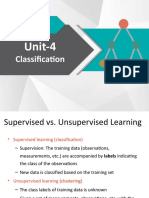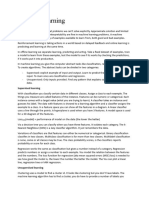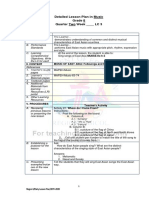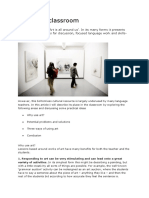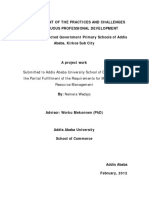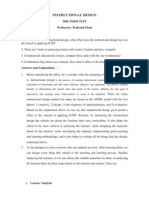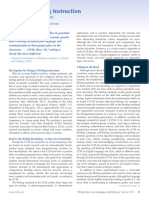0% found this document useful (0 votes)
431 views60 pagesStatistical Learning Slides
This document discusses statistical learning and machine learning methods. It provides an overview of supervised learning techniques like linear regression, logistic regression, and decision trees. It also covers unsupervised learning techniques like clustering. An example of IBM's Watson question answering system is provided. The document then explains the process of text mining and feature engineering. It discusses the differences between supervised and unsupervised learning. Finally, it provides examples of classification tasks using decision tree classifiers to make predictions.
Uploaded by
johnCopyright
© © All Rights Reserved
We take content rights seriously. If you suspect this is your content, claim it here.
Available Formats
Download as PDF, TXT or read online on Scribd
0% found this document useful (0 votes)
431 views60 pagesStatistical Learning Slides
This document discusses statistical learning and machine learning methods. It provides an overview of supervised learning techniques like linear regression, logistic regression, and decision trees. It also covers unsupervised learning techniques like clustering. An example of IBM's Watson question answering system is provided. The document then explains the process of text mining and feature engineering. It discusses the differences between supervised and unsupervised learning. Finally, it provides examples of classification tasks using decision tree classifiers to make predictions.
Uploaded by
johnCopyright
© © All Rights Reserved
We take content rights seriously. If you suspect this is your content, claim it here.
Available Formats
Download as PDF, TXT or read online on Scribd
/ 60






















